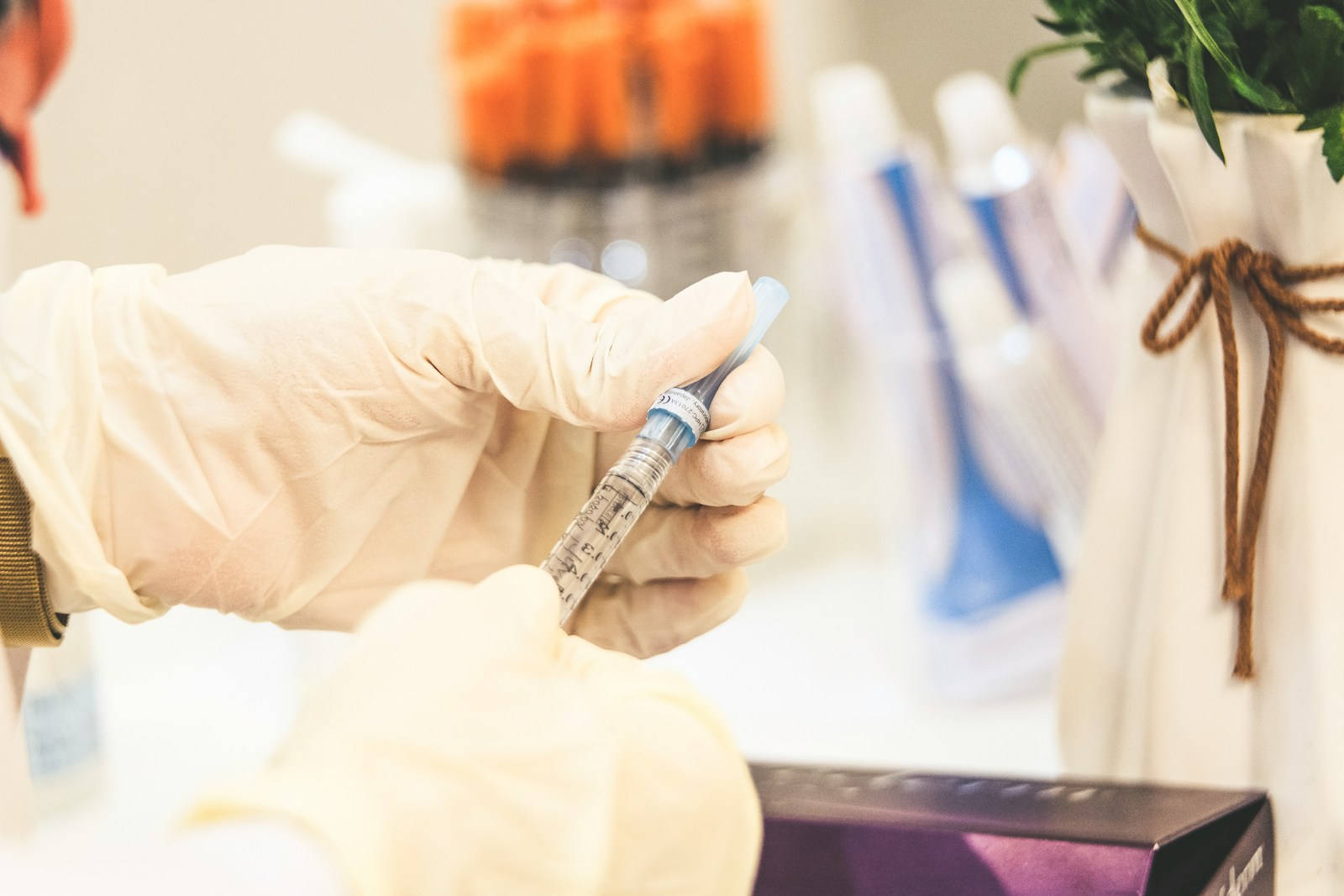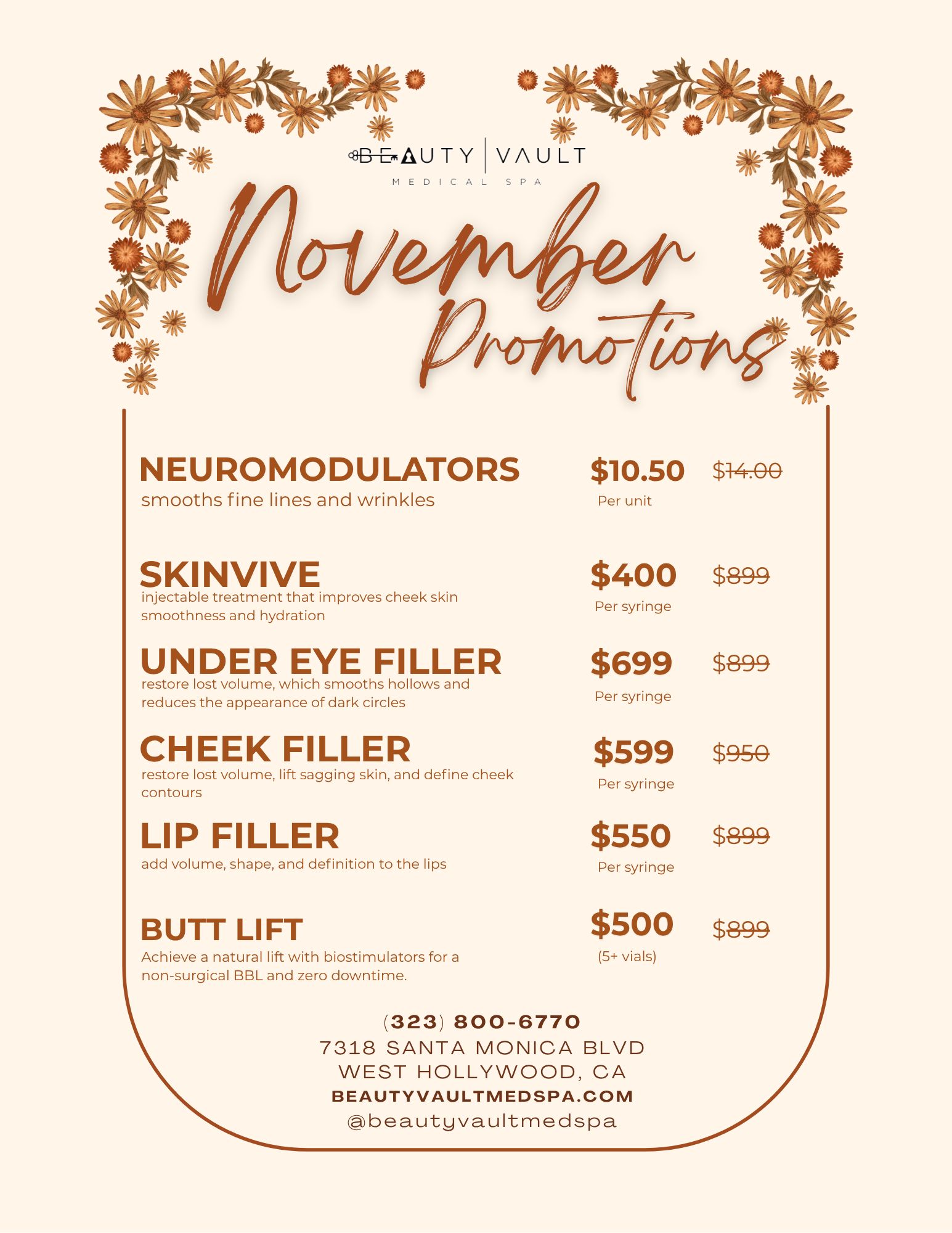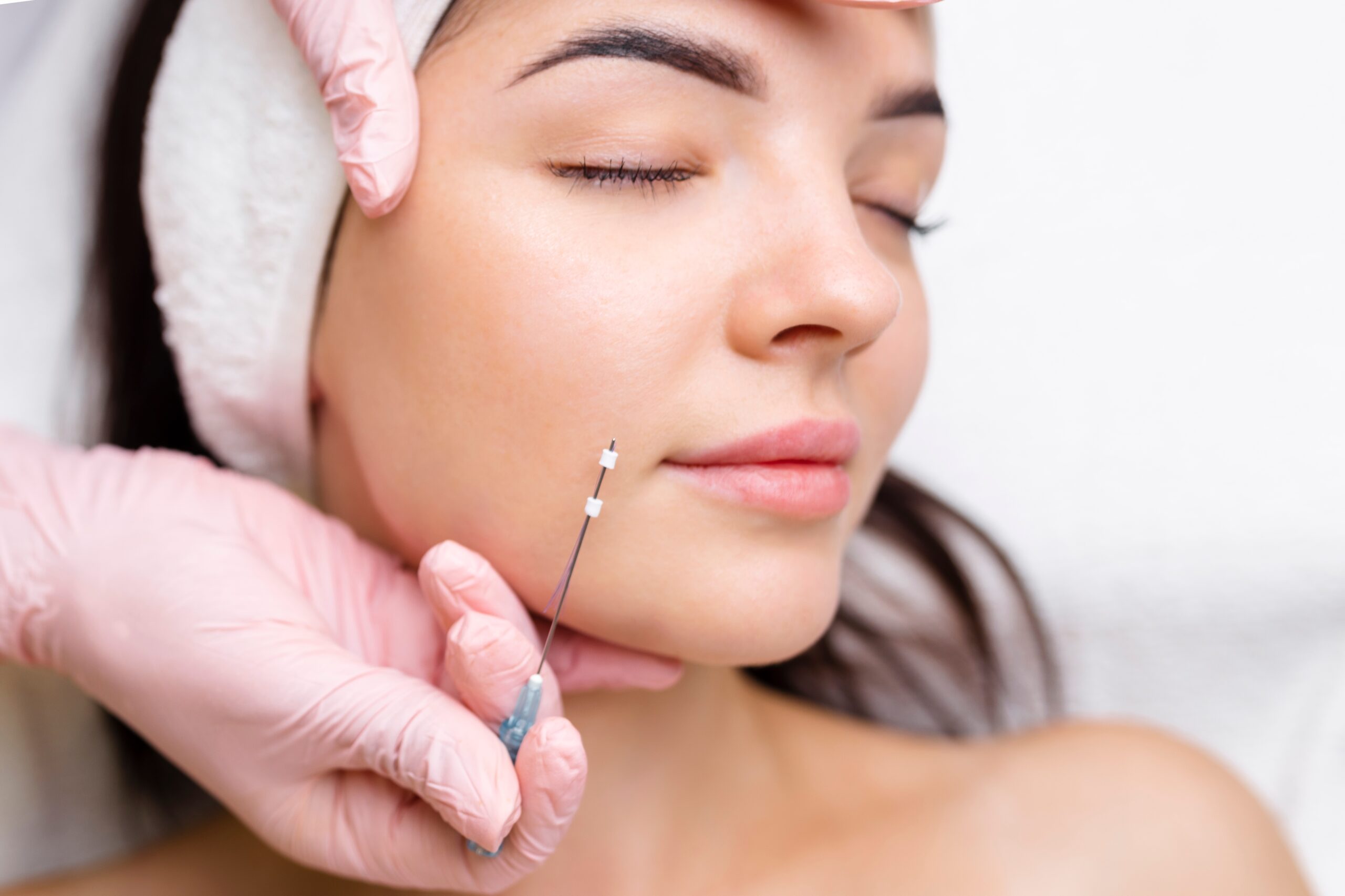More than 2.4 million people receive dermal filler treatments yearly. Most patients experience side effects like swelling and bruising right after the injection, which usually clear up within days to weeks. However, knowing what separates normal healing from worrying symptoms is vital to your safety. While complications rarely occur, blood vessel injection accidents can lead to more serious problems.
This piece will help you understand what to expect after your dermal filler procedure.
Understanding Normal Post-Filler Swelling by Timeline
Your body naturally follows a pattern of responses during its recovery after dermal filler injections. Let’s get into how swelling typically develops after treatment.
Immediate Swelling: 0–24 Hours After Injection
When dermal filler enters your skin, your body starts an inflammatory response. Blood flow increases to the injection site and causes noticeable swelling and tenderness in the first 24 hours. This original reaction happens as your body heals the tiny wounds from the needle.
These first hours typically bring:
- Puffiness and heaviness around the treated area.
- Redness and possible bruising at injection sites.
- Mild soreness or discomfort.
This stage marks just the beginning of your healing trip, though it’s quite noticeable.
Early Swelling: 1–7 Days Post-Treatment
The swelling starts to go down around days four to five. You’ll typically see this pattern:
- Days 1-3: Peak swelling, bruising becomes more visible
- Days 4-5: Inflammation decreases substantially
- Days 5-7: Most swelling goes away, but mild puffiness might stay
Treated areas may feel firm, lumpy, or asymmetrical during this time—all normal parts of healing.
About 90% of visible swelling disappears by the end of week one, but some puffiness might last several more days, especially in sensitive areas. Most people see their swelling completely resolve within two weeks.
Swelling Duration by Filler Type
Your treatment location plays a big role in swelling patterns. Lip fillers cause more obvious swelling than other facial areas because lips have delicate vascular tissue. Lip swelling usually lasts 7 to 10 days before fully resolving.
Cheek fillers produce less visible swelling since they’re placed deeper, right above bone or cartilage. The overlying tissue helps hide much of the inflammation. Cheek filler swelling usually goes down in three to five days, though complete resolution might take two to four weeks.
Under-eye treatments might cause longer-lasting puffiness due to the area’s thin skin.
The filler type also affects swelling duration. Hyaluronic acid fillers (like Juvederm and Restylane) attract water molecules, which might cause more noticeable swelling at first.
Skin Discoloration or Tyndall Effect
The Tyndall effect makes skin look bluish when hyaluronic acid fillers sit too close to the surface under thin skin. Blue light scatters through clear filler particles and creates this effect. The blue tint may appear immediately or develop days later and can persist for months or years without treatment. Areas with naturally thin skin, like under your eyes or around your lips, face this issue most often.
Warning Signs of Abnormal Swelling
You can expect some swelling after dermal fillers, but certain symptoms point to complications that need medical attention. Learning these warning signs will help you tell the difference between normal healing and serious issues.
Persistent or Worsening Swelling After Seven Days
Dermal filler swelling usually goes down within the first week after treatment. Watch out for:
- Swelling that suddenly increases after getting better.
- Severe swelling that continues past two weeks.
- Treated areas that become more tender or painful.
These symptoms might point to an infection or a bad reaction to the filler material. The Beauty Vault team needs to know right away if swelling affects your daily activities or causes major discomfort.
Lumpiness or Nodules at Injection Site
A bit of lumpiness right after treatment is normal. However, painful lumps that show up days or weeks later need attention. Nodules usually come in two types:
- Noninflammatory: These nodules show up soon after treatment and usually happen because of the wrong filler placement or technique.
- Inflammatory: This type of nodule can appear anywhere from days to over a year after treatment, often around four months later. These might show your body’s immune response or possible bacterial contamination.
Delayed Hypersensitivity Reactions
Your body might react weeks, months, or even a year after successful filler treatments. These reactions often follow illness, dental work, or vaccines. Watch for:
- Sudden swelling where you had treatment.
- Redness and tenderness.
- Hard areas around the filler site.
These sensitivity reactions don’t get better with antihistamines and might need steroid treatment. Your body can react long after the filler should have dissolved, especially in areas where fillers break down slowly.
When to Seek Medical Attention for Swelling
Medical attention becomes necessary when specific symptoms appear after facial fillers. The difference between normal healing and serious complications can affect your health and treatment results.
Visual Disturbances or Facial Asymmetry
Vision loss stands out as one of the most serious complications from dermal filler injections. This rare but devastating side effect happens when filler material accidentally enters blood vessels that supply the eye.
Patients should watch for blurred vision, double vision (diplopia), visual field defects, or sudden eye muscle movement problems. These symptoms show up faster after the injection and need emergency care. Any unusual changes in vision after fillers need urgent medical evaluation, since vision problems can become permanent without quick treatment.
Also, sudden facial asymmetry that shows up after the original swelling goes down might point to a developing complication. Quick medical assessment becomes necessary if you notice much one-sided swelling or facial drooping.
Signs of Infection: Warmth, Redness, Fever
Filler-related infections usually show up as warm and tender localized swelling or widespread inflammation. You might have an infection if you notice growing redness, warmth, severe pain, or uneven swelling.
Look out for:
- Redness that spreads and gets worse around day seven.
- Pain or discomfort that gets worse.
- Pus or discharge.
- Fever or general malaise.
Infections typically develop near the one-week mark after normal side effects start to fade. Skin bacteria cause most infections, with Staphylococcus aureus as the main cause of early infections.
Swelling with Pain or Numbness
Sharp, intense pain during or after injection might mean vascular occlusion, where filler blocks blood flow in vessels. Look out for:
- Sharp, intense pain during or after injection
- Skin becoming pale or white (blanching)
- Bluish-purple color changes
- Cold feeling in treated areas
- Slow capillary refill after pressing
These signs usually show up within 12 to 24 hours after treatment. Quick action matters because vascular occlusion can kill tissue if left untreated, making it a true medical emergency.
In addition, nerve compression often causes numbness or tingling sensations. Some patients notice their facial numbness gets worse when they lie down. You should see a doctor or talk to your Beauty Vault provider if these sensory changes persist to rule out serious complications.
Swelling That Interferes with Daily Function
Swelling requires medical attention if it significantly impacts your normal activities. You need immediate medical care if you have trouble swallowing, breathing problems, or speech difficulties after fillers.
Swelling that lasts beyond two weeks or keeps getting worse instead of better might mean you have an infection or adverse reaction that needs more treatment. Severe pain or throbbing isn’t normal and could point to serious problems like vascular issues.
You Deserve a Positive Post-Filler Experience
Knowing what to expect after dermal filler treatments helps you guide through the healing process confidently, but it’s equally important to know when something is wrong. The Beauty Vault team in West Hollywood is just as committed to your health and comfort as it is to your personal aesthetic goals. Learn more about their post-dermal filler treatment advice by calling (323) 800-6770 or filling out a contact form.
FAQs
Q1. How long does swelling typically last after dermal filler injections?
Swelling usually peaks within 24 to 72 hours after treatment and gradually subsides. Most patients see about 90% of swelling resolve within the first week, though complete healing may take up to two weeks depending on the treated area.
Q2. Is it normal to have uneven swelling after getting fillers?
Some degree of uneven swelling is normal, especially with lip fillers. Each side may swell differently due to variations in tissue structure. However, severe or prolonged asymmetry should be evaluated by your provider.
Q3. What are signs that my filler treatment may have gone wrong?
Warning signs include persistent swelling beyond seven days, unusual skin discoloration, sudden pain, or visual disturbances. These symptoms might indicate serious complications and require immediate medical attention.
Q4. How can I safely manage swelling after filler treatment?
Apply cold compresses for the first 24 hours, gently massage minor lumps, avoid heat exposure and strenuous exercise for 48 hours post-treatment, and keep your head elevated while sleeping to help minimize inflammation. You could also take antihistamines, oral steroids, or ibuprofen, or other medicines, but check with the Beauty Vault team first.
Q5. When should I seek medical attention after getting fillers?
Seek immediate medical care if you experience visual changes, severe pain, blanching skin, difficulty breathing or swallowing, or if swelling worsens instead of improving after a week. These could indicate serious complications requiring urgent treatment.








